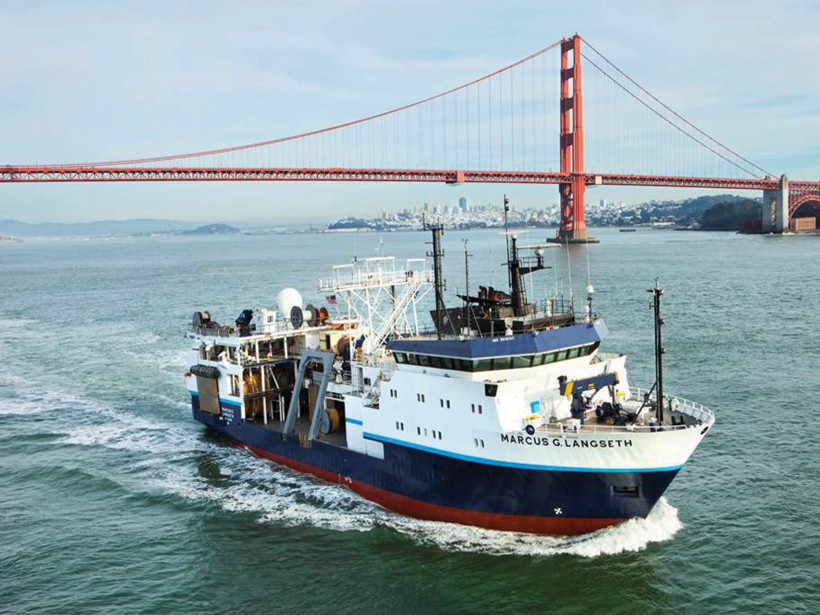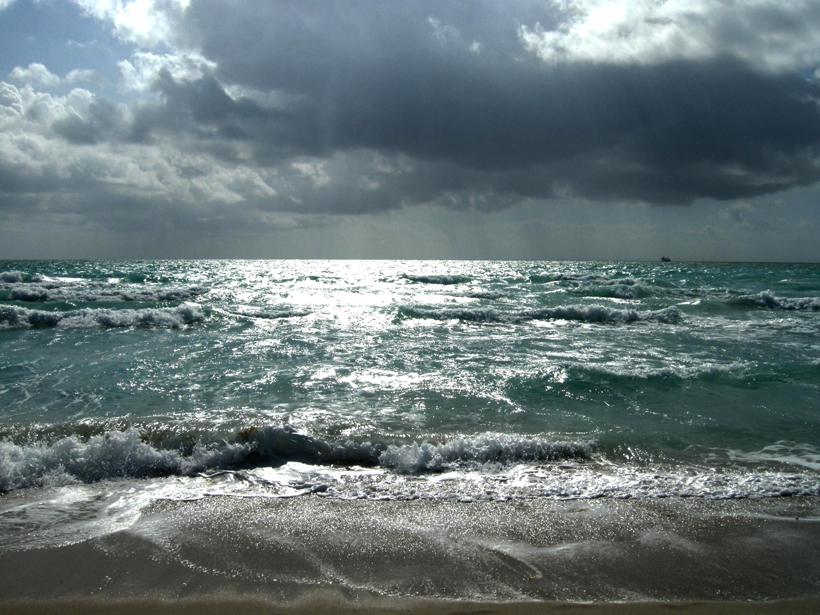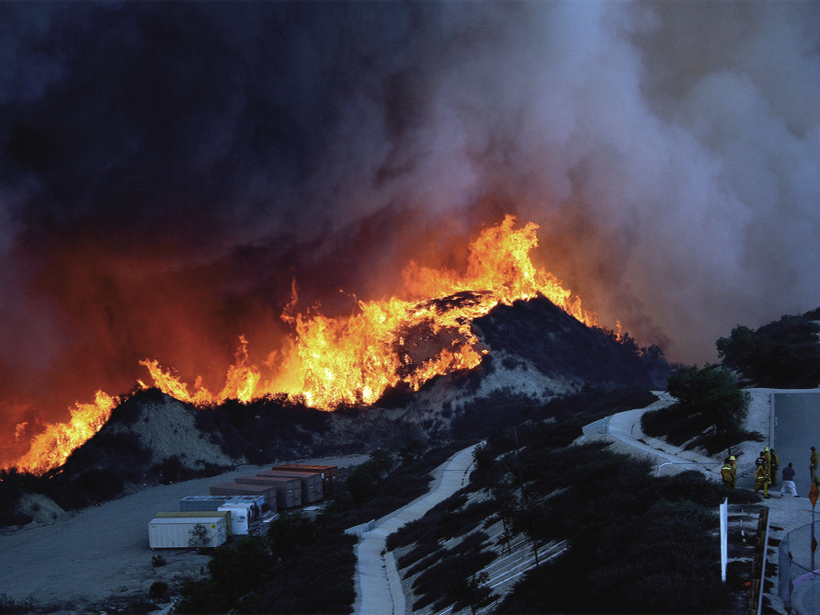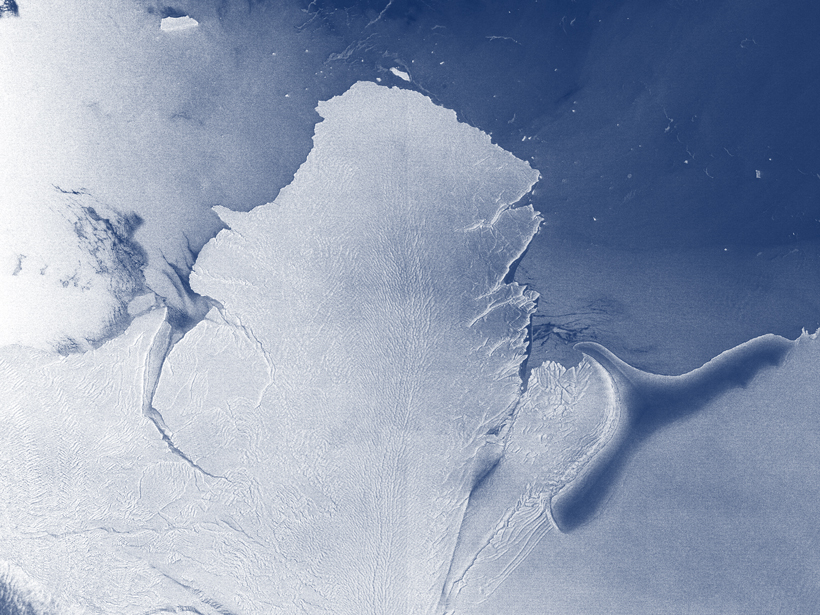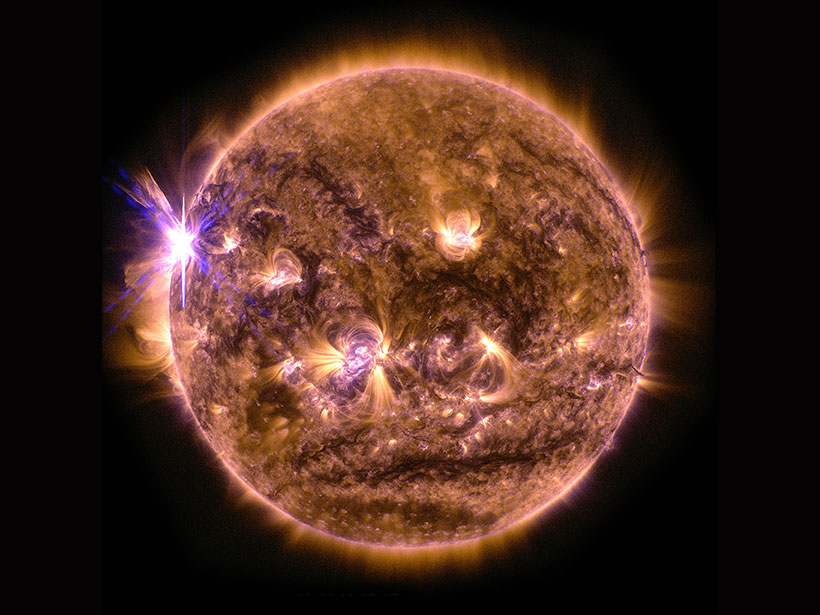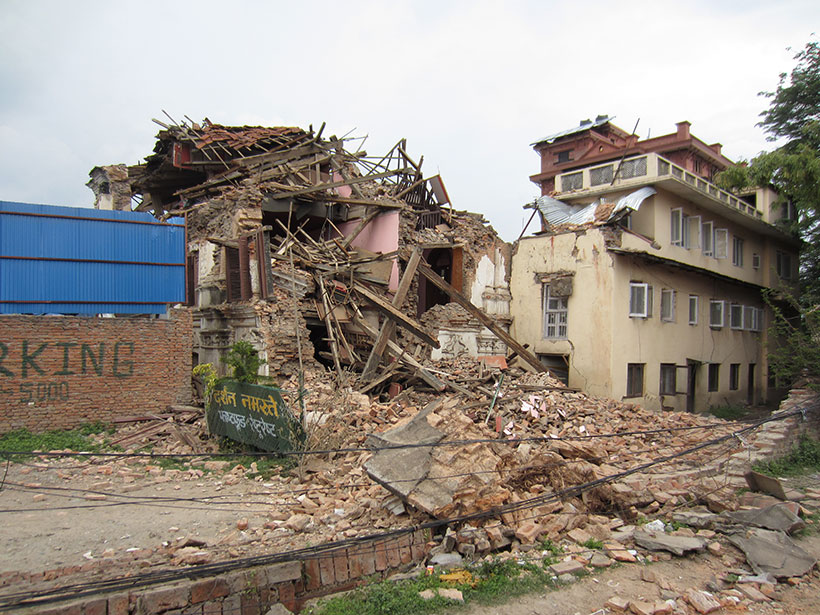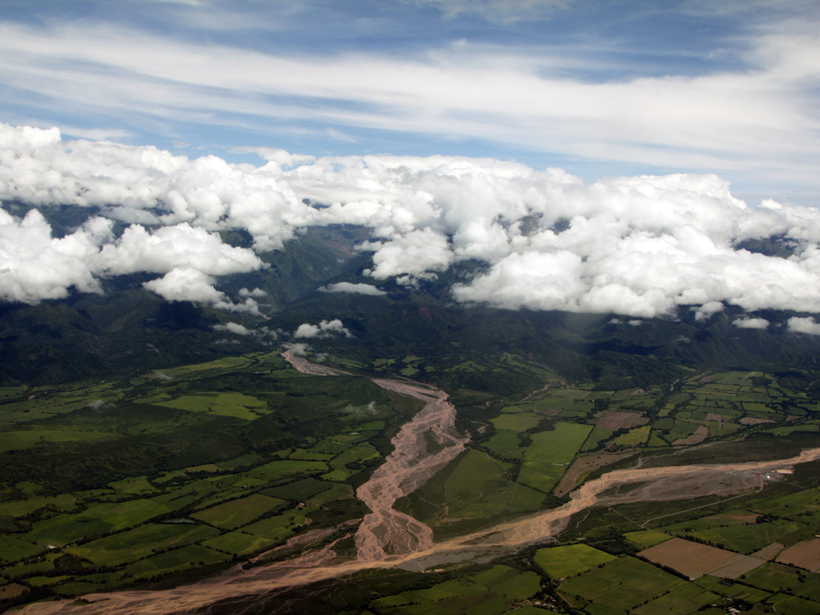Increasing the Access to and the Relevance of Marine Seismic Data; San Francisco, California, 11–13 December 2014
Authors who want CC-BY-NC 2015
Experiment Captures First Image of Thunder
Scientists can now visually capture the sound waves created by thunder, a technique that could lead to an increased understanding of how lightning forms and transmits energy.
New Insights into Currents in Earth's Magnetic Field
Multisatellite missions give scientists a more complete view of the intense currents that bounce back and forth along our planet's magnetic field lines.
National Science Foundation to Rebalance Ocean Science Funding
In its response to a National Research Council survey on ocean sciences, the National Science Foundation has endorsed recommendations calling for a budgetary course correction.
Regional Nuclear War Could Cause a Global Famine
A detonation of less than 0.03% of the current global nuclear arsenal could cause fires that clog the air with soot. This soot could block solar radiation, leading to worldwide crop shortages.
Researchers Track Moving Ice Shelves to Estimate Antarctic Ice Loss
A new method will help scientists monitor the basal melt of ice sheets in Antarctica.
James N. Pitts Jr. (1921–2014)
Pitts's contributions to understanding what drives atmospheric pollution and his dedication to teaching and mentoring made him a preeminent leader in atmospheric chemistry.
Protecting Earth from Solar Storms
A task force on space weather recently released a national strategy to reduce damage resulting from solar storms. The plan is now open for public comment.
Scientist's Field Season Ends with Nepal Quake
A graduate student studying tectonics found himself caught in a disaster at the end of fieldwork in the Himalayas.
What Causes Extreme Hail, Tornadoes, and Floods in South America?
A study of extreme weather in South America shows seasonal and spatial patterns, which, if better understood, could help save lives and minimize damage to property.

